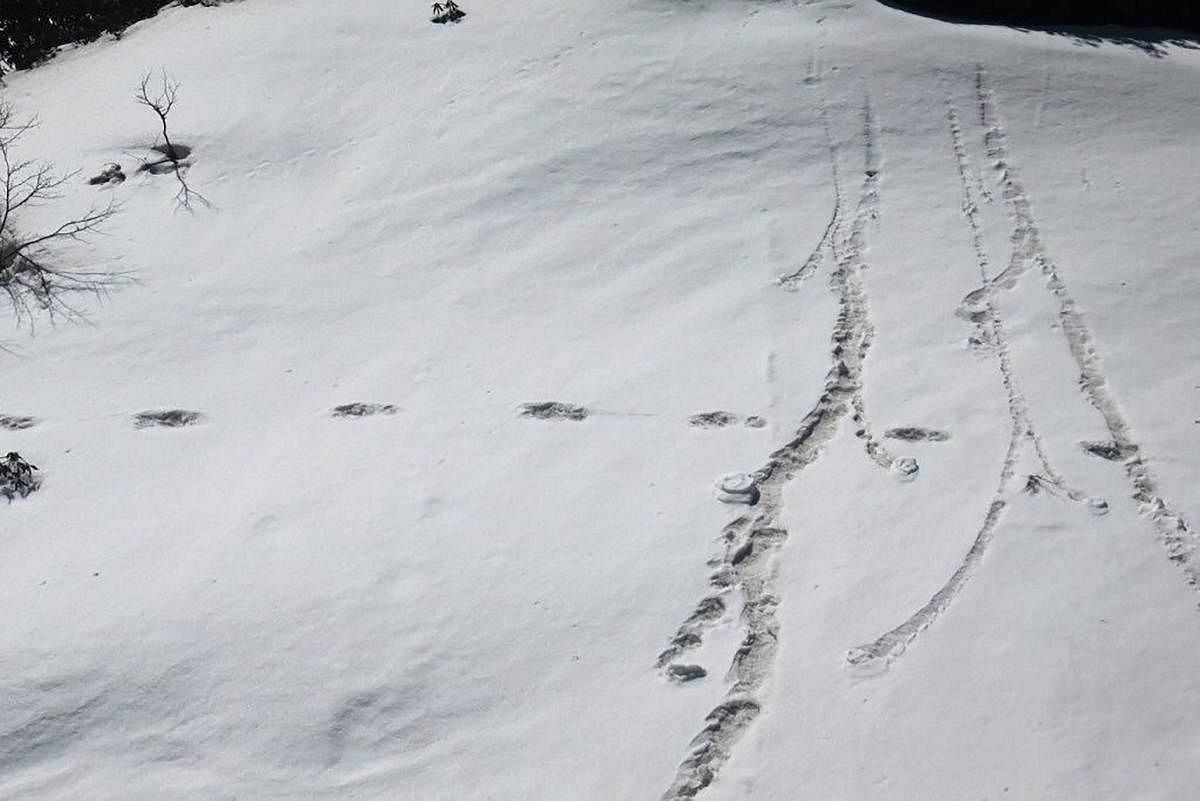
Nepal's army on Friday refuted the Indian military's hairy claim that its soldiers had discovered yeti footprints in the Himalayas, saying they were more likely just a bear.
The Indian army posted images of "yeti footprints" from near the Nepal-China border late Monday on Twitter, triggering considerable ridicule on social media.
Nepal Army spokesman Bigyan Dev Pandey said Nepali liaison officers went to the spot but that by the time they arrived the markings in the snow had disappeared.
But he said locals had told the officers that a bear was the likely culprit, and that strange prints were often seen.
"According to locals and porters such unusual footprints appear frequently in the area and are made by wild bears," Pandey told AFP.
This matches comments by wildlife experts who said what the Indians saw were bear footprints enlarged by the sun and wind.
The Indian army's tweeted images showed a series of foot-shaped impressions, each almost a metre (yard) long.
"For the first time, an #IndianArmy Mountaineering Expedition Team has sited Mysterious Footprints of mythical beast 'Yeti'," the typo-ridden tweet on the army's official account said.
It added the "elusive snowman has only been sighted at Makalu-Barun National Park in the past", referring to footprints reported by British explorer Eric Shipton in 1951 on the west side of Mount Everest.
The army said the footprints measured 32 inches by 15 inches (81 centimetres by 38) and were spotted by a team on April 9 close to the Makalu Base Camp in Nepal.
The yeti or "Abominable Snowman" is traditionally described as an ape-like creature, taller than a human, living in the Himalayas, Siberia and parts of Central and East Asia. The North American version is known as Bigfoot.
Forensic results of previous samples have proved to be from prehistoric bears and one purported piece of evidence turned out to be a gorilla suit made of rubber.